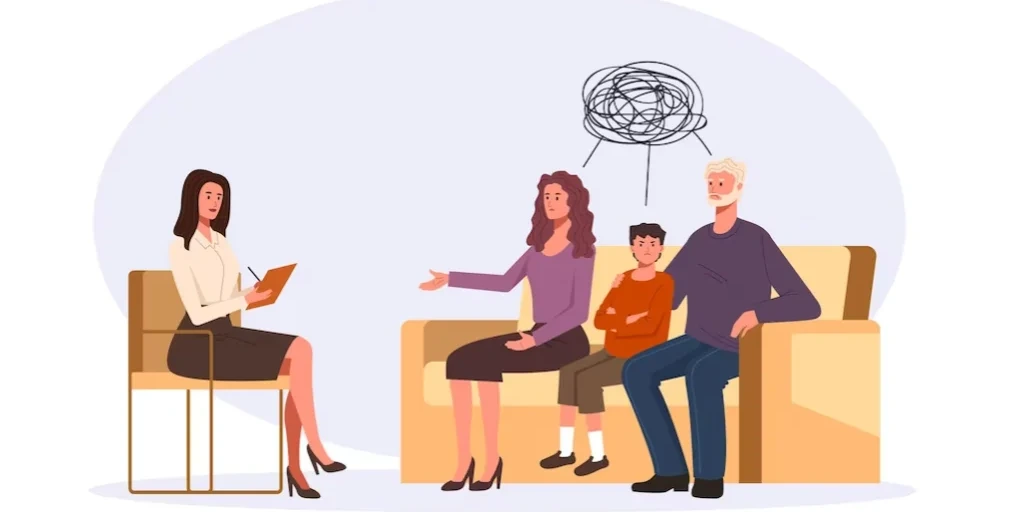has a rich history and a significant impact on combating addiction in the United States. These centers are designed to support individuals seeking recovery from a myriad of substance use disorders, particularly alcohol and drug addiction. The 12 Step program, rooted in the principles of Alcoholics Anonymous, emphasizes personal accountability, the importance of shared experiences, and a path toward spiritual growth. In Austin, 12 Step Rehab rehab centers provide a supportive community for individuals who are endeavoring to overcome the destructive patterns of addiction. The treatment approach is multifaceted, combining group therapy, individual counseling, and holistic practices aimed at addressing the physical, emotional, and spiritual aspects of addiction. This integrated method is essential as addiction often touches multiple facets of an individual’s life, including their relationships, work, and mental health. Through the 12 Step framework, residents are encouraged to confront their addiction openly, seek help from peers, and commit to a lifelong journey of recovery. The importance of these rehab centers cannot be overstated; they offer tailored services to meet the varied needs of individuals, promoting healing, resilience, and long-term sobriety.
Learn more about 12 Step Rehab centers in Austin




































